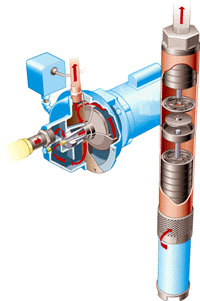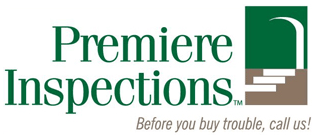Well Information
Properly constructed private water supply systems require little routine maintenance. These simple steps will help protect your system and investment.
-
 Always use licensed or certified water well drillers and pump installers when a well is constructed, a pump is installed or the system is serviced.
Always use licensed or certified water well drillers and pump installers when a well is constructed, a pump is installed or the system is serviced. -
An annual well maintenance check, including a bacterial test, is recommended. Any source of drinking water should be checked any time there is a change in taste, odor or appearance, or anytime a water supply system is serviced.
-
Periodically check the well cover or well cap on top of the casing (well) to ensure it is in good repair.
-
Always maintain proper separation between your well and buildings, waste systems or chemical storage facilities. Your professional contractor knows the rules.
-
Don’t allow back-siphonage. When mixing pesticides, fertilizers or other chemicals, don’t put the hose inside the tank or container.
- When landscaping, keep the top of your well at least one foot above the ground. Slope the ground away from your well for proper drainage.
-
Take care in working or mowing around your well. A damaged casing could jeopardize the sanitary protection of your well. Don’t pile snow, leaves, or other materials around your well.
-
Keep your well records in a safe place. These include the construction report, as well as annual water well system maintenance and water testing results.
-
Be aware of changes in your well, the area around your well, or the water it provides.
-
When your well has come to the end of its serviceable life (usually more than 20 years), have your qualified water well contractor properly decommission your well after constructing your new system.
